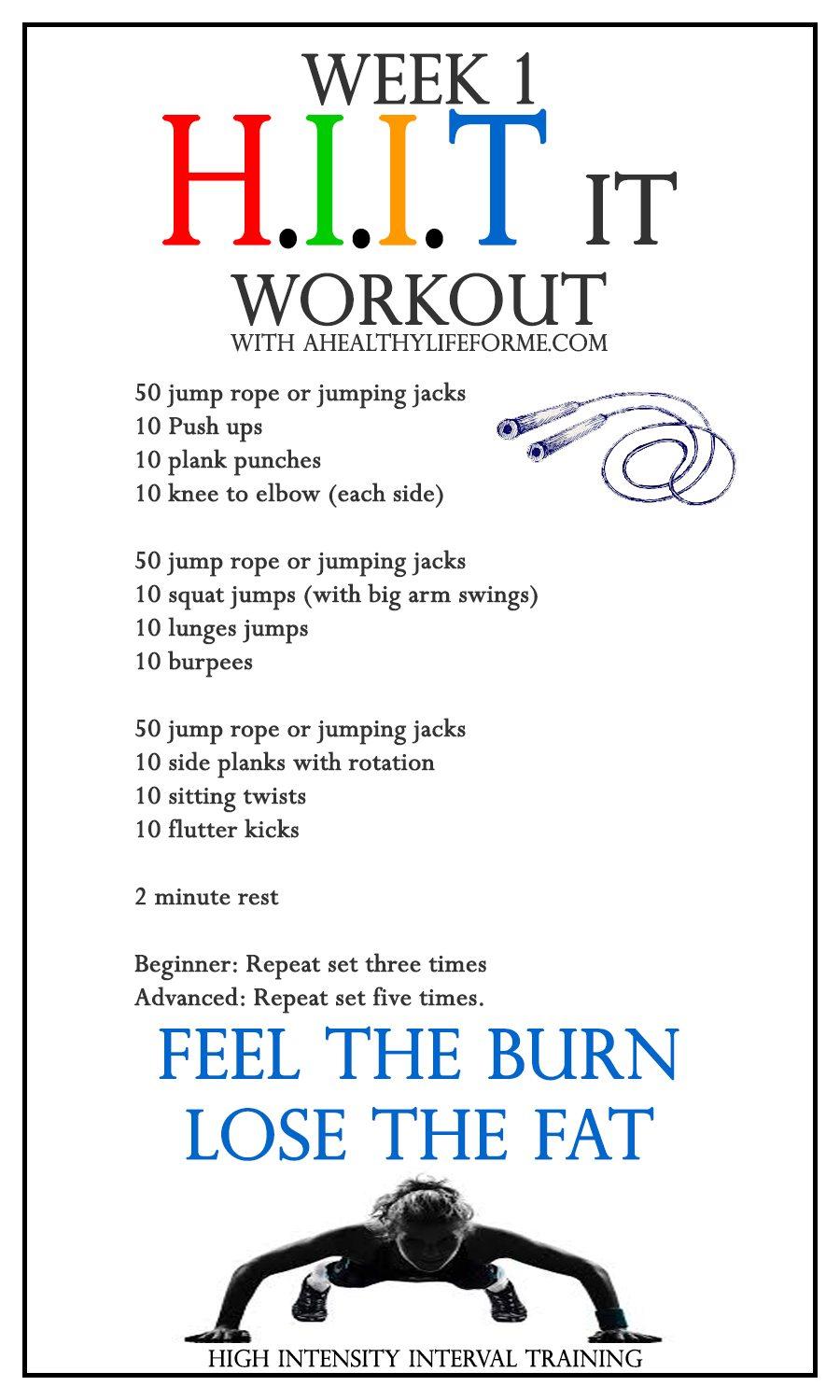In the quest for effective weight loss strategies, High-Intensity Interval Training (HIIT) has emerged as a game-changer, offering a dynamic and efficient approach to shedding pounds. Unlike traditional steady-state cardio, HIIT alternates between short bursts of intense exercise and periods of rest or low-intensity activity, maximizing calorie burn and boosting metabolism in a fraction of the time. This powerful workout method not only accelerates fat loss but also enhances cardiovascular health, muscle endurance, and overall fitness. In this article, we will delve into the science behind HIIT, outline step-by-step guidance on incorporating it into your routine, and provide tips to optimize your weight loss journey with confidence and precision. Whether you’re a fitness novice or a seasoned athlete, HIIT can be tailored to fit your needs, making it an accessible and transformative tool in your weight loss arsenal.
Understanding the Science Behind High Intensity Interval Training
High Intensity Interval Training (HIIT) has gained immense popularity due to its efficiency in burning calories and improving cardiovascular health. This method alternates between short bursts of intense exercise and periods of rest or low-intensity activity. The science behind HIIT lies in its ability to keep your heart rate elevated, which enhances your metabolic rate even after the workout is over. This phenomenon, known as the afterburn effect, means your body continues to burn calories long after you’ve finished exercising.
Moreover, HIIT stimulates the production of human growth hormone (HGH) by up to 450% during the 24 hours following a workout, which not only aids in calorie burning but also slows down the aging process. The structure of a HIIT workout involves pushing your body to its limits, which increases the demand for oxygen and helps build endurance. Some benefits of HIIT include:
- Improved heart health
- Increased metabolism
- Enhanced fat loss
- Preserved muscle mass
With the right balance of intensity and rest, HIIT can be a powerful tool in your weight loss journey, ensuring you get maximum results in minimal time.

Designing an Effective HIIT Routine for Maximum Weight Loss
To craft an impactful HIIT routine tailored for weight loss, focus on incorporating a variety of exercises that challenge different muscle groups while maintaining an elevated heart rate. Begin with a warm-up to prepare your body, such as light jogging or dynamic stretching. Follow this with short, intense bursts of activity, typically ranging from 20 to 40 seconds, interspersed with brief rest periods. Aim for a total workout duration of 20 to 30 minutes, ensuring efficiency and intensity.
- Burpees – Enhance cardiovascular fitness and full-body strength.
- Jump Squats – Target lower body muscles while boosting heart rate.
- Mountain Climbers – Engage core muscles and improve endurance.
- High Knees – Increase agility and elevate cardiovascular output.
- Plank Jacks - Strengthen the core and burn calories effectively.
Rotate through these exercises, aiming for 3 to 4 rounds, and adjust rest intervals based on your fitness level. Remember, consistency and progression are key. As you adapt, consider increasing the intensity or duration of each exercise to continue maximizing your weight loss potential.

Integrating HIIT into Your Weekly Fitness Schedule
To seamlessly weave high-intensity interval training into your weekly routine, start by assessing your current schedule and fitness level. HIIT can be effectively included by replacing or enhancing your existing workouts with shorter, more intense sessions. For instance, if you typically spend an hour on cardio, try substituting it with a 20-minute HIIT session that combines bursts of intense activity with short recovery periods. This method not only saves time but also accelerates calorie burn.
When planning your week, consider the following tips to ensure a balanced approach:
- Mix and Match: Pair HIIT with other forms of exercise like strength training or yoga to ensure a well-rounded fitness regime.
- Rest and Recovery: Schedule at least one full rest day per week to allow your muscles to recover, which is crucial for preventing injury and maximizing performance.
- Gradual Progression: Start with one or two HIIT sessions per week, gradually increasing the intensity and frequency as your fitness improves.
- Variety is Key: Keep your workouts engaging by varying the exercises within your HIIT sessions. Include activities like sprinting, cycling, or bodyweight exercises.
Integrating HIIT into your routine doesn’t require a complete overhaul. With thoughtful planning and consideration of your body’s needs, you can harness the power of HIIT to enhance your weight loss journey efficiently.
Monitoring Progress and Adjusting Your HIIT Plan for Continued Success
To ensure your high-intensity interval training (HIIT) plan remains effective and aligned with your weight loss goals, it’s crucial to regularly assess your progress and make necessary adjustments. Begin by keeping a detailed record of your workouts, noting the duration, intensity, and any challenges you encounter. This will help you identify patterns and pinpoint areas that may require tweaking. Regularly measuring your body composition, rather than just your weight, can provide a more comprehensive view of your progress.
Key strategies to optimize your HIIT plan include:
- Varying workout routines: Mix different exercises to target various muscle groups and prevent plateauing.
- Increasing intensity: Gradually amp up the intensity or duration of intervals as your fitness level improves.
- Incorporating rest days: Allow your body time to recover and adapt by scheduling regular rest or low-intensity days.
- Listening to your body: Pay attention to signs of overtraining, such as fatigue or persistent soreness, and adjust your plan accordingly.
By staying attuned to your body’s responses and making informed modifications, you’ll continue to progress towards your weight loss objectives effectively.




